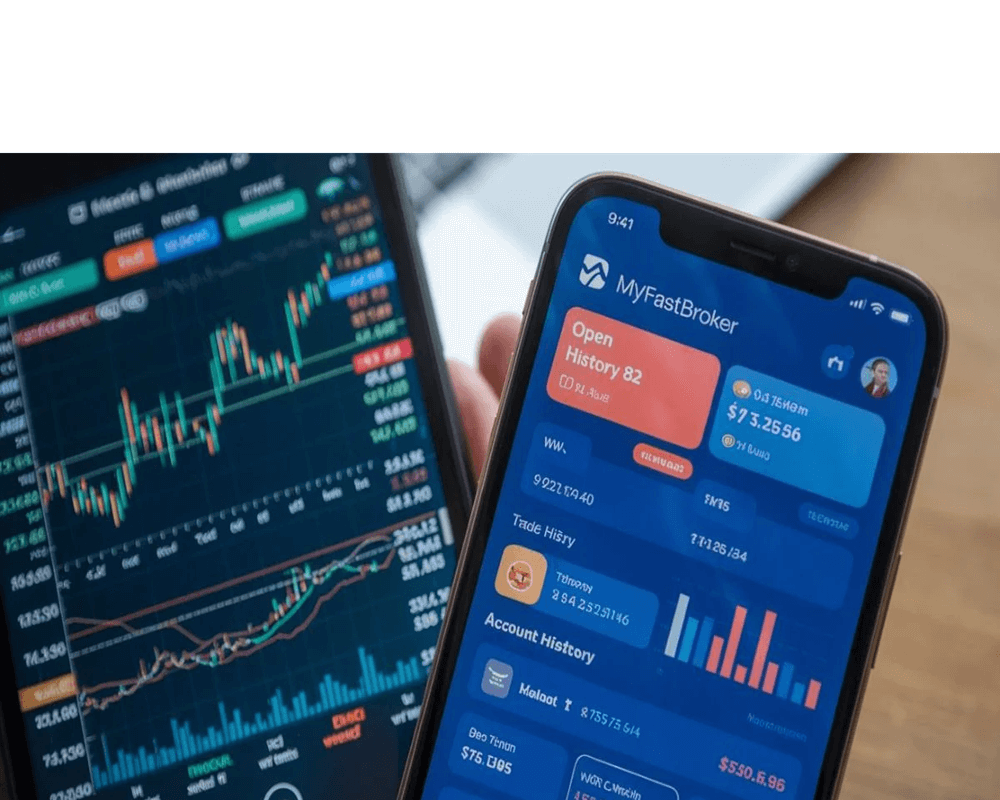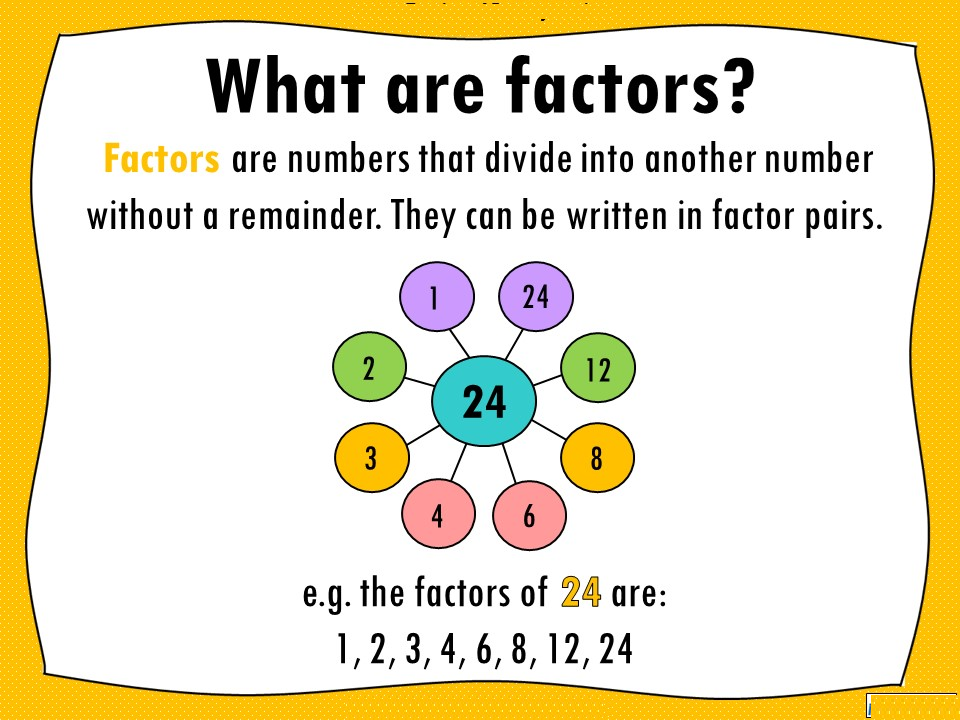Introduction to Video Search Optimization
Video content has become a cornerstone of digital marketing, with platforms like Google and YouTube driving billions of views daily. As of 2025, video accounts for over 80% of global internet traffic, and optimizing for video search is critical for businesses, creators, and marketers aiming to capture this massive audience. Video search optimization involves tailoring video content, metadata, and technical elements to rank higher on Google’s search engine results pages (SERPs) and YouTube’s search and recommendation algorithms, ensuring maximum visibility and engagement.
Why focus on video search optimization? Well-optimized videos can boost click-through rates by up to 65% and increase organic traffic by 50% compared to unoptimized content. With Google prioritizing rich media and YouTube being the second-largest search engine, mastering video SEO is essential for brand exposure, lead generation, and audience retention. This comprehensive guide provides a step-by-step approach to optimizing videos for search, leveraging proven strategies to align with user intent, build authority, and thrive in the competitive video landscape.
Understanding Video Search: Google vs. YouTube
Video search operates differently on Google and YouTube, though both prioritize user value and relevance. Google integrates videos into SERPs via video carousels, featured snippets, and rich results, often pulling from YouTube but also indexing hosted videos on other platforms. YouTube, as a dedicated video platform, uses its own algorithm, emphasizing watch time, engagement, and relevance to rank videos in search results and recommendations.
Google’s video search focuses on informational, commercial, and navigational intent, displaying videos that answer queries like “how to bake sourdough” or “best laptops 2025.” YouTube’s algorithm, however, prioritizes viewer retention, rewarding videos with high watch time, likes, and comments. Both platforms value experience, expertise, authoritativeness, and trustworthiness (EEAT), requiring creators to produce high-quality, credible content.
In 2025, AI advancements, such as Google’s Gemini models and YouTube’s recommendation systems, enhance semantic understanding, making it crucial to optimize for entities (e.g., “video SEO,” “YouTube optimization”) and user engagement metrics. Understanding these mechanics sets the foundation for effective optimization.
Building a Semantic Foundation for Video SEO
To excel in video search, create a topical map covering core entities and subtopics. For “video search optimization,” include entities like “YouTube SEO,” “video metadata,” “thumbnail optimization,” and “video structured data.” This ensures comprehensive coverage, signaling authority to search algorithms.
Use tools like Ahrefs or TubeBuddy to identify related entities and high-volume queries. For example, a pillar video on “video SEO strategies” could link to cluster content on “optimizing YouTube titles” or “video schema markup.” Internal linking, whether through video descriptions or website embeds, strengthens this structure, boosting topical depth. Case studies show that content clusters can increase video impressions by 60% by establishing authority.
Incorporate semantic intent by addressing user needs across informational (e.g., “how to optimize videos”), commercial (e.g., “best video editing tools”), and transactional queries (e.g., “buy video SEO software”). This aligns with both Google’s and YouTube’s focus on user-centric content.
Step-by-Step Guide to Optimize for Video Search
Step 1: Conduct Video-Focused Keyword Research
Start with keyword research tailored to video search. Use tools like Google Keyword Planner, TubeBuddy, or VidIQ to identify high-volume, low-competition keywords. For Google, target queries like “how to optimize video for SEO” or “video marketing tips 2025.” For YouTube, focus on long-tail keywords like “how to rank YouTube videos fast” or “best thumbnail design for YouTube.”
Analyze search intent to ensure alignment with user needs. Explore Google’s “People Also Ask” and YouTube’s autocomplete suggestions to uncover related questions, such as “how do thumbnails affect video rankings?” Target keywords with 1,000-10,000 monthly searches for niche topics, leveraging lower competition in video-specific queries.
Step 2: Craft Compelling Titles and Descriptions
Titles are critical for both platforms. Keep Google titles under 60 characters and YouTube titles under 100, front-loading the primary keyword. For example, “How to Optimize Video for SEO: 2025 Guide” works for Google, while “How to Rank YouTube Videos in 2025 | SEO Tips” suits YouTube. Use modifiers like “tutorial,” “guide,” or “2025” to boost relevance.
Write keyword-rich descriptions (150-300 words for YouTube, 160 characters for Google meta descriptions). Include the primary keyword early, add secondary keywords, and use timestamps for YouTube to improve navigation. For example:
- Google: “Learn how to optimize video for SEO in 2025 with expert tips on keywords, thumbnails, and schema. Boost rankings now!”
- YouTube: “Master video SEO in 2025! Learn keyword research, thumbnail design, and schema markup to rank higher on Google and YouTube. 0:00 Intro, 1:30 Keywords…”
Step 3: Design Click-Worthy Thumbnails
Thumbnails drive click-through rates, with studies showing a 30% CTR boost for compelling visuals. Create high-resolution (1280x720px) thumbnails with bold colors, clear text, and expressive faces or objects. Use tools like Canva or Photoshop to design originals, avoiding stock images. For example, a thumbnail for “video SEO tips” might feature a laptop with “SEO” text and a vibrant background.
Ensure thumbnails reflect content to avoid misleading viewers, which can reduce watch time and harm rankings. Test variations using YouTube’s A/B testing tools to optimize performance.
Step 4: Optimize Video Content for Engagement
High-quality video content is essential for retention and rankings. Structure videos with:
- Hook (0-15 seconds): Grab attention with a clear value proposition (e.g., “Rank your videos faster with these SEO tips!”).
- Content: Deliver concise, actionable insights, using visuals or demonstrations for clarity.
- Call-to-Action: Encourage likes, comments, and subscriptions to boost engagement signals.
Keep videos 5-15 minutes for most topics, as YouTube data shows peak retention in this range. For Google, shorter videos (1-3 minutes) often rank better for quick answers. Ensure high production quality—clear audio, good lighting, and professional editing—to enhance credibility.
Step 5: Implement Video Structured Data
Structured data helps Google understand and index videos for rich results like video carousels or snippets. Use JSON-LD schemas like VideoObject, including:
- Title, description, and thumbnail URL.
- Upload date, duration, and content URL.
- Embed URL for hosted videos.
Validate schemas with Google’s Rich Results Test. A case study showed that adding VideoObject schema increased video impressions by 25% in Google SERPs. For YouTube, ensure videos are public and not restricted to maximize indexability.
Step 6: Leverage Transcripts and Captions
Transcripts and captions improve accessibility and SEO by providing text for search crawlers. Upload accurate transcripts to YouTube, including primary and secondary keywords naturally. For Google, embed captions in hosted videos or use SRT files. Transcripts can boost rankings by 15% by making content more crawlable.
Use tools like Rev or YouTube’s auto-captions, then edit for accuracy. For example, a video on “YouTube SEO” should include terms like “keyword optimization” and “video ranking” in the transcript.
Step 7: Optimize for Mobile and Voice Search
Mobile devices drive 70% of video views, so ensure videos are mobile-friendly with responsive players and fast load times (under 2 seconds). Test with Google’s Mobile-Friendly Tool and optimize Core Web Vitals to reduce bounce rates.
Voice search is growing, especially for queries like “how to optimize YouTube videos.” Use conversational phrases in titles, descriptions, and transcripts, such as “What’s the best way to rank videos on Google?” Answer directly in the video’s opening to target featured snippets, which are often read aloud by voice assistants.
Step 8: Promote Videos for Engagement and Backlinks
Boost visibility by promoting videos on social media, blogs, and email newsletters. Embed videos on your website with keyword-rich surrounding content to drive traffic and signal relevance. Encourage shares, likes, and comments to improve YouTube’s engagement metrics, which influence rankings.
Seek backlinks from authoritative sites by guest posting or collaborating with influencers. A tech channel gained 40% more views by embedding videos in blog posts and sharing on Twitter, leveraging external traffic sources.
Step 9: Monitor and Iterate with Analytics
Track performance using Google Search Console for SERP impressions and clicks, and YouTube Analytics for watch time, retention, and engagement. Analyze metrics like:
- CTR: Optimize thumbnails if below 5%.
- Watch Time: Shorten videos if retention drops after 30 seconds.
- Traffic Sources: Focus on high-performing sources like YouTube search or Google video carousels.
A/B test titles, thumbnails, and descriptions to refine performance. Regular audits ensure alignment with algorithm updates and user trends.
Building Topical Authority for Video SEO
Establish topical authority with video content clusters. Create a pillar video on “video search optimization” and support it with cluster videos on “YouTube keyword research,” “thumbnail design tips,” and “video schema markup.” Link videos in descriptions or playlists, and embed them on related blog posts to build a semantic network.
Use tools like VidIQ to identify gaps, such as “video SEO for beginners” or “optimizing video for Google Discover.” This approach can boost video impressions by 50% by signaling comprehensive expertise.
Case Studies and Real-World Examples
A fitness channel optimized its “home workout” videos with keyword-rich titles, transcripts, and custom thumbnails, achieving a 60% increase in YouTube search rankings. Another example: a tech brand added VideoObject schema to its product demos, gaining 30% more impressions in Google’s video carousel.
These cases highlight the power of combining technical optimization, engaging content, and strategic promotion.
Common Pitfalls and How to Avoid Them
- Misleading Thumbnails: Ensure thumbnails match content to avoid low retention.
- Keyword Stuffing: Use keywords naturally to prevent spam penalties.
- Neglecting EEAT: Include expert credentials and credible sources, especially for YMYL topics.
- Poor Production Quality: Invest in clear audio and visuals to maintain viewer trust.
High-Volume Questions About Video Search Optimization
1.What is video search optimization?
Video search optimization involves tailoring video content, metadata, and technical elements to rank higher on Google and YouTube, boosting visibility and engagement.
2.How do I optimize videos for YouTube search?
Use keyword-rich titles, descriptions, and tags, create compelling thumbnails, and encourage engagement through likes and comments.
3.How does Google rank videos?
Google ranks videos based on relevance, EEAT, user engagement, and technical factors like schema markup and mobile-friendliness.
4.Why are thumbnails important for video SEO?
Thumbnails drive click-through rates, with compelling visuals increasing CTR by up to 30%.
5.Can transcripts improve video rankings?
Yes, transcripts make videos more crawlable, boosting rankings by 15% and improving accessibility.
6.How do I optimize videos for Google’s SERPs?
Add VideoObject schema, use keyword-rich metadata, and ensure mobile compatibility to appear in video carousels or snippets.
7.Should I focus on short or long videos?
Short videos (1-3 minutes) suit Google’s quick answers, while 5-15 minute videos maximize YouTube retention.
8.How does voice search affect video SEO?
Voice search favors conversational phrases and direct answers, which can trigger featured snippets in video content.
9.What tools help with video SEO?
TubeBuddy, VidIQ, and Ahrefs provide keyword research, analytics, and optimization insights for video search.
10.How can I track video SEO performance?
Use Google Search Console for SERP metrics and YouTube Analytics for watch time, retention, and engagement.
Conclusion: Mastering Video Search Optimization
Optimizing for video search on Google and YouTube in 2025 requires a strategic blend of keyword research, engaging content, technical precision, and user-focused promotion. By crafting compelling titles, thumbnails, and transcripts, leveraging structured data, and building topical authority, you can capture massive audiences across both platforms. Monitor performance and iterate to stay ahead of algorithm changes and user trends. With these strategies, your videos will not only rank higher but also resonate deeply, driving engagement and growth in the video-driven digital landscape.
Saad Raza is an SEO specialist with 7+ years of experience in driving organic growth and improving search rankings. Skilled in data-driven strategies, keyword research, content optimization, and technical SEO, he helps businesses boost online visibility and achieve sustainable results. Passionate about staying ahead of industry trends, Saad delivers measurable success for his clients.





